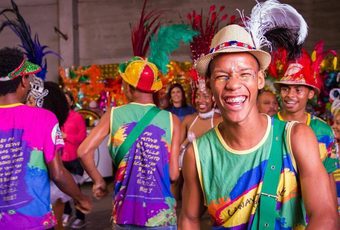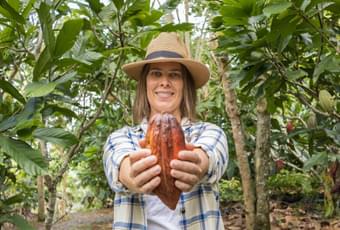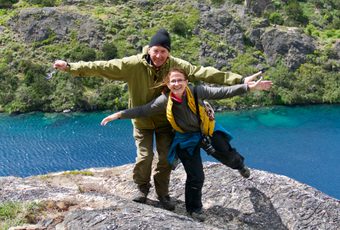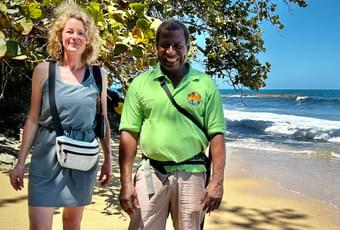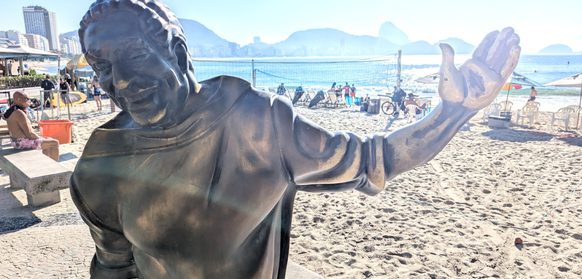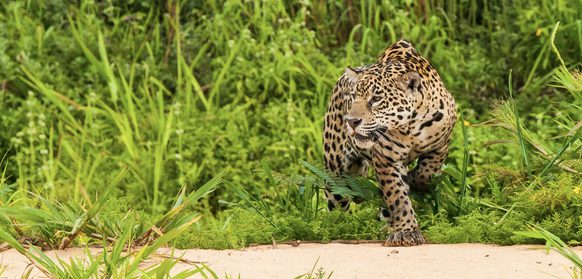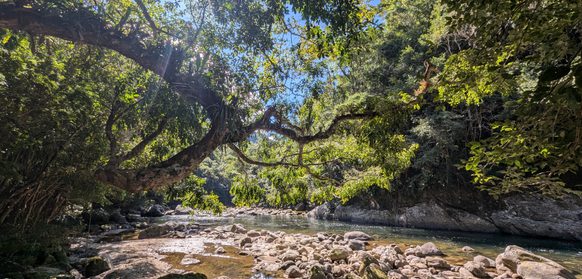Summer in Brazil: December to March
The Brazilian summer broadly runs from December to March, though things are really already heating up in November.
The obvious thing would be to come when the party is in full swing. Our experience tells us that it's a time of the year best left to others, sweating through their poolside caipirinhas and dashing out of tropical rainstorms. With a couple of exceptions, Brazil's summer is hot, humid and wet - uncomfortably so.
So we're going against the grain here and advising you to consider steering clear of the summer if you can. It is wonderful to visit Brazil between April and November, for many, many reasons...
If you have your heart set on the summer, or perhaps you live in a sauna and this would be some mild relief, then you probably want to look at a combination of river-based discovery in the Amazon, the colorful city of Salvador and the nearby beaches of the Bahian coast. So, put on your flip flops and grab a beach towel for a quick stroll through the Brazilian summer.
Otherwise, the shortcut here is to hop straight into the times of the year that are just wonderful to visit: April to June, July & August or September to November.
Rio de Janeiro
The city’s setting, ringed by forested mountains and the Atlantic, makes it especially prone to sticky air and heavy, dramatic tropical storms that can sweep in quickly.
In Rio, it can be 100 °F at breakfast time. The water in the pool is warm, the water from the showers is warm. And it's only going to get hotter. This is cruise season and ships can disgorge thousands of extra visitors into the city on certain days, making it feel much busier.

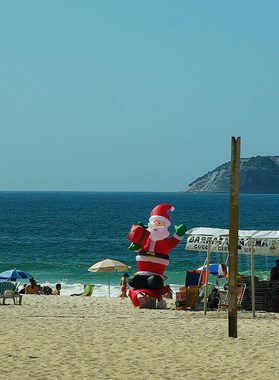
The summer months are also the rainy season. It doesn't mean days are washed away to constant downpours, but hefty showers can and do roll in with frustrating regularity. As much as it can be fun to sit back and watch a full-blown tropical storm, it amps up the humidity and, in the worst cases, it blocks road access to the more remote, more interesting places we want to share with you. One of our favorite lodges, two hours out of Rio up in the hills, packs up and hibernates.
Christmas and New Year is a hugely popular time to visit Rio because of the party atmosphere. It's an intense, but unforgettable experience. Accommodation is booked up well in advance and prices do shoot up steeply, but with careful planning well in advance, we can make it happen.
Then there is Carnival. This typically happens for a week in late February or early March, sometimes straddling the two. You simply have to want the full-on carnival experience, or steer well clear of it. It is Rio at its loudest, most colorful, most celebratory, most nocturnal... most Rio. No one sleeps for days. Hotel rooms are eye-wateringly expensive and, in most cases, you have to book four or five nights as a minimum. So you've got to load up on Brazilian espressos and dive into the madness, re-emerging bleary-eyed a few days later, ready for a four-day nap under a shady palm.
Again, we can absolutely make this happen for you, but we do ask for as much notice as possible to secure the best accommodation and experiences.
Salvador & Bahia

Salvador and the Bahia coast, further north, share many of the same tropical characteristics with Rio. But being closer to the equator, the seasonal contrast is less pronounced, and temperatures remain fairly steady year-round, typically in the high 60s to low 90s.
Humidity still hangs in the air, though the constant Atlantic breezes along the Bahia shoreline lend a touch more relief than you often find in Rio. Rainfall is spread out a little differently: Salvador’s wettest period usually comes in the winter (April to July), whereas Rio’s heaviest rains cluster in the high summer.
So while Salvador is not exactly “cooler” in the strict sense, it can feel somewhat less oppressive because of the sea winds, and it does escape the same intensity of summer storms that Rio is known for. The best thing is that the beaches near the city are more enjoyable in the summer, though they inevitably will be busier than the rest of the year!
Amazon Rainforest
This is the rainy season in the Amazon too. It is increasingly hot, humid and wet. Water levels rise quickly and mosquito activity peaks. In extreme cases, rainfall can disrupt transport and remote lodges may have limited access. Temperatures remain warm, 82–90 °F, with very high humidity.
Some trails are underwater, so it's more common to head out in canoes and boats to look for wildlife, but it can be harder to spot mammals as they disperse across flooded terrain. The positive is that, towards the end of the summer, you can kayak through the beautiful flooded forests.
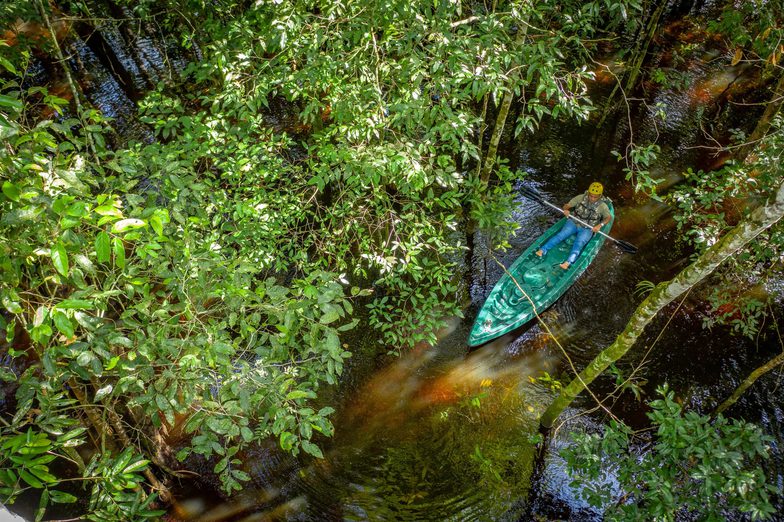
The Pantanal
Things are equally tropical in the Pantanal. It is hot and humid and the high water levels have the same effect of pushing land mammals like jaguars out of sight. To give yourself the best chance, we want to get you there in the dry season between July and October, when the water levels recede and they come to the water's edge to seek food.
On the flip side, it can be beautiful to see the world's largest tropical wetlands at their fullest...

Iguazú Falls
Being the rainy season, the falls will be in their full flow towards the end of the season. Our advice would be the same as elsewhere - it's just too hot and sticky to be much fun in the height of summer. Afternoon and evening thunderstorms are common, with short but intense downpours. So aim for the fringes of the season. Or wait until May, which can be a spectacular and cooler time to visit.
